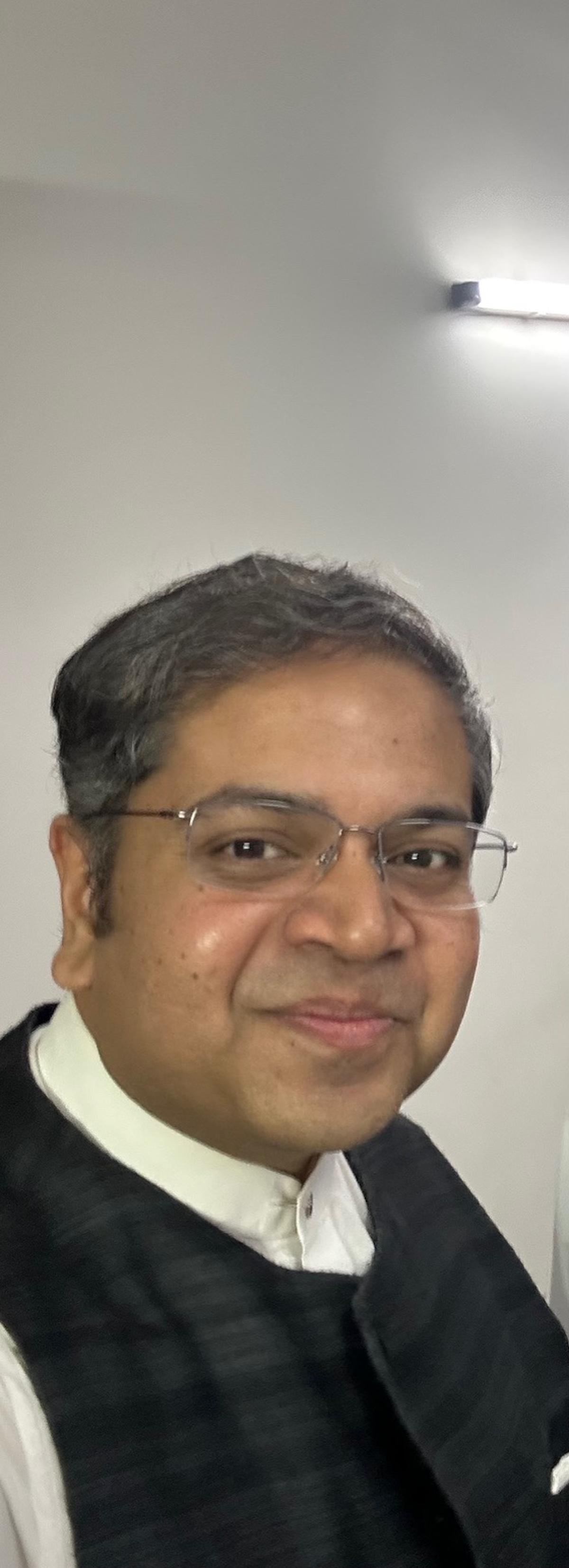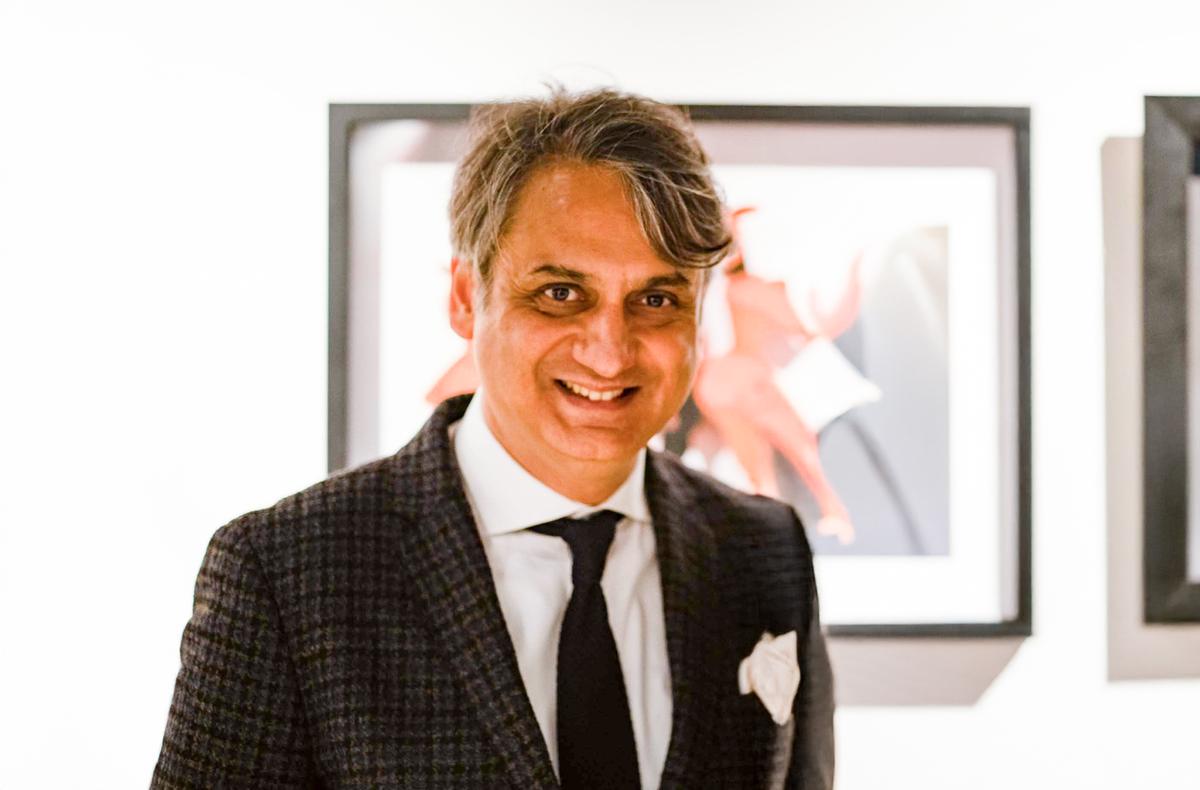As a teenager, every time I crossed the limits of good behavior, my father will remind me by saying, ‘With freedom, responsibility comes.’ There is an inseparable second half in Liberty – which is held accountable to the actions. And the balance between these two seems to be with compulsory stress to adverse ideas. This applies to how we also see ‘freedom of expression’, including using visual arts as a tool to communicate.
There are many examples in the past when art works have been censored by the authorities to not follow the legal or moral code. In 1954, the modernist Akbar Padamasi fought a fight in a court case, acquitting him. 26 -year -old Padmasi was accused under Section 292 of the Indian Penal Code for two artifacts – Lover 1 And Lover 2 – Who was released on his debut show at The Jahngir Art Gallery in Mumbai. The pictures showed a man’s hand on a woman’s breast. The spontaneous expression of love on canvas was labeled as porn and seized by the police. Recently, the Bombay High Court stopped the destruction of the Customs Department last October, yet, the painting by Padmasi (and something by FN Suja), “not every naked painting is obscene.”
An exhibition of sketch by Akbar Padmasi. Photo Credit: Shankar Chakraborty
The words did not take over the boundaries of the state, however. In January this year, a Delhi court ordered the seizing two paintings of MF Hussain appearing in the DAG (east Delhi Art Gallery), after the allegations that they depicted Hindu deities unclear and hurt religious sentiments Drew However, the court later dismissed the petition seeking registration of the first information report against the gallery, for a lack of evidence, it stopped the discussion on the censorship and where the line should be drawn. And as required, opinion is diverse and divided.
No limit to restrictions
Freedom of expression is a fundamental human right, and it enables creative practices to serve as a social comment. But as Debotum Bose, a practice art lawyer, explains, “No society allows a completely unrestricted speech because uncontrolled expression can lead to chaos, disadvantages and erosion of other fundamental rights. Language, violence, defamation, and provocative of false propagation can be a real damage.

Debotum Bose
But not everyone agrees to impose restrictions. Peter Negi, co-founder and director of Nature Morte Gallery, takes a contradictory scene. “There should be no limit to expression,” they say. “Censorship should never be there, and if an artist or institution performs the work of art, it is the same as its mission to insult or increase people. Let the chips fall as they can be. “He realizes that since everything seen by the public is controlled by someone, it is the duty of the artists to highlight the errors and blind stains of history and re -examine it.

Peter Negi
The debate is not limited to these binergies. Some believe that if the purpose of art is to communicate, this exercise becomes fruitless if the audience is isolated. Anubhav Nath, the founder of Ojas Art, says, “Art should question our pre-disputes and announcements of history, but should maintain and interrupt a creative alignment, so the entire practice is lost,” “art There is a risk of shocking and decreasing to become sensational, which becomes perfect for its purposes. ” An idea consent with Bose. When freedom of expression is most effective with responsibility, ensuring that voices are heard, but not at the cost of justice, dignity or peace.

Anubhav Nath
Rejection and acceptance are integral
However, the challenge lies in determining who decides what is harmful and only controversial. This is not the first time Hussain’s paintings are being drawn. In 1996, her painting of a naked goddess Saraswati became a goal of protests. In 2008, the Supreme Court shot a petition demanding the initiation of action against the artist to hurt the sentiments of Indians, and ruled that his work, Bharat Mata – The one who portrayed a naked woman fig on the map of India – was not obscene, stating that Khajuraho temples and other sites also have nudity.
Says Bose, “The recent court order to confiscate his paintings is concerned that legal equipment to protect public orders is often provoked to implement cultural and political conformity rather than preventing actual damage. ” While we have the right to get angry with something, we cannot take public action that violate the feeling of expression. “If you are angry with the work of a book, film, or art, not to see, not to see or go,” the CEO and MD of DAG, which is at the center of the current dispute. “We should not forget that scientific discoveries have also angered many people in the past. What we can do best is that even when we do not like anything or do not agree, we still have an open mind. ,

“Times change, history changes, perceptions change, and with them facts [as we know them]Artists and writers present their views at one time, reflecting their perceptions of things. ,Ashish AnandCEO and DAG MD

Ashish Anand
More widely seen, everyone is to work on freedom as they want – to express and protest. “It is the nature of culture in the public sector and is part of an independent and democratic society,” Negi says. “These disagreements are completely healthy.” Art does not work in the template of neutrality. Rejection and acceptance in allowing creative interactions and discussions are integral aspects. However, it should not essentially translate into censorship.
For sensational
The opinion is that Hussain often resorted to making art, which was to incite purely, and thus remain in the news. When sensationalism is used for shock value without solid engagement with this issue in hand, it risk becomes a hollow exercise in self-promotion. “There is no doubt that some artists intentionally create controversy to attract public attention. But sensational, when used effectively, can increase important messages and force society to withstand issues that otherwise ignore it, ”says Bose. “Artists like Bansi, Ae Wevei and Zera Doan have used stimulating imagination to highlight oppression, war and state censorship.”
Is it the duty of an artist to ensure that his work creatively contributes to the public discourse instead of provoking resentment? The answer is complex – while an artist is expected to express his deep personal feelings independently, being a part of a large society, he also has a responsibility towards others. “The seizure of Hussain’s paintings shows how the legal and political mechanisms can be armed to suppress artistic freedom rather than foster discussion. If a person’s complaint can cause to remove artwork, it sets an example, where there is a danger of silenceing any controversial expression, ”is the conclusion of Bose.
Delhi -based culture writer is a practice artist and curator.
Published – February 14, 2025 11:31 am IST






